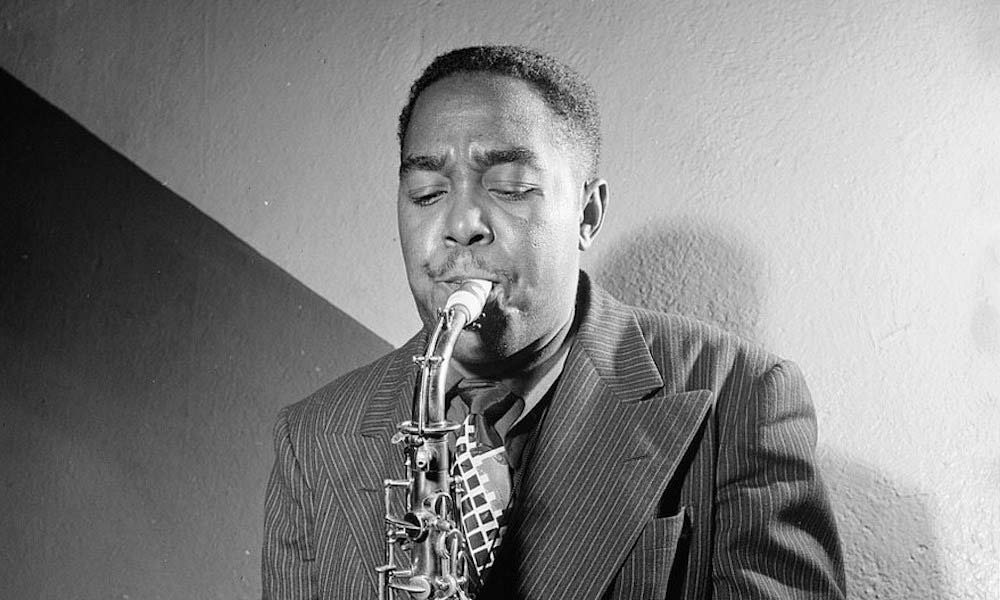Charlie Parker, born on August 29, 1920, in Kansas City, Kansas, was a groundbreaking figure in the world of jazz. Growing up in a musical family, Parker developed a passion for music at an early age. By the time he was a teenager, he was already an accomplished saxophonist. His revolutionary contributions to the bebop movement in the 1940s, alongside musicians like Dizzy Gillespie and Thelonious Monk, transformed the landscape of jazz. Parker’s improvisational skills and virtuosic saxophone playing set new standards for the genre. Despite facing personal challenges, including battles with substance abuse, Parker left an indelible mark on the world of music. His compositions, such as “Yardbird Suite” and “Ornithology,” remain jazz classics. Charlie Parker passed away on March 12, 1955, leaving behind a legacy that continues to influence and inspire generations of musicians.
Parker’s breakthrough came in the 1940s when he joined forces with trumpeter Dizzy Gillespie. Together, they pioneered the bebop movement, a new and complex style of jazz that emphasized fast tempos, intricate melodies, and advanced harmonies. Their collaborations, such as “Shaw ‘Nuff” and “Salt Peanuts,” marked a departure from the more traditional jazz of the time.
Parker’s virtuosic improvisation and innovative approach to harmony had a profound impact on the course of jazz. His recordings, including iconic tracks like “Ko-Ko,” “Now’s the Time,” and “Confirmation,” showcased his unparalleled skill as a saxophonist and composer.


